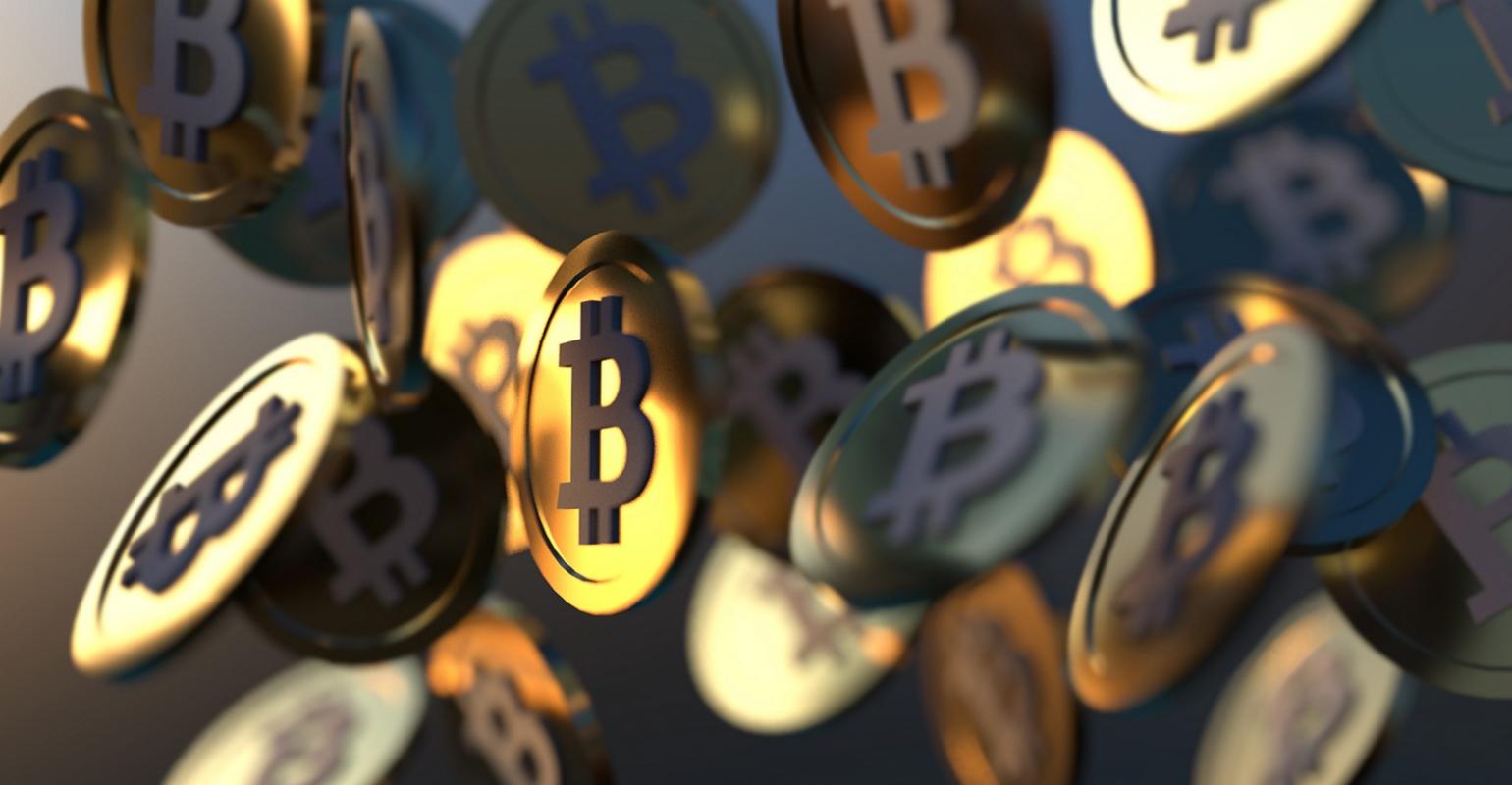
Cryptocurrencies have captured the imagination of investors, technologists, and the general public alike since the emergence of Bitcoin in 2009. Over the years, this ecosystem has expanded exponentially, giving rise to a myriad of digital assets, each with its unique features, use cases, and underlying technologies. And you can look for platforms such as TCIA cryptocurrency. This article explores a diverse range of cryptos.
Bitcoin (BTC) – The Pioneer: Bitcoin, often dubbed “digital gold,” was the first crypto and remains the most well-known and widely adopted to date. It operates on a decentralised peer-to-peer network, allowing users to transact directly without the need for intermediaries. Its primary use case is as a store of value and a medium of exchange, revolutionising the concept of money.
Ethereum (ETH) – The Smart Contract Platform: Launched in 2015, Ethereum introduced the concept of smart contracts, enabling developers to create decentralised applications (DApps) and execute programmable agreements. Ether (ETH) is one of the native digital currencies of the Ethereum network, used to pay transaction fees and computational services. Thanks to its flexibility and versatility, Ethereum has become a breeding ground for many decentralised projects, from decentralised finance (DeFi) protocols to non-fungible tokens (NFTs).
Ripple (XRP) – The Cross-Border Remittance Solution: Ripple aims to revolutionise cross-border payments by facilitating fast and low-cost transactions for financial institutions. Unlike most digital currencies, Ripple operates on a more centralised framework, with a group of trusted validators managing the network. XRP is used as a bridge currency for facilitating cross-border transactions, making it an essential player in international remittances.
Litecoin (LTC) – The Silver to Bitcoin’s Gold: Litecoin, often referred to as the “silver to Bitcoin’s gold,” was created in 2011 by Charlie Lee. It shares many similarities with Bitcoin but boasts faster transaction times and lower fees due to its use of the Scrypt hashing algorithm. While it is widely used for transactions, it also serves as a testing ground for new technologies that could eventually be implemented on Bitcoin.
Cardano (ADA) – The Third-Generation Blockchain: Cardano is a third-generation blockchain platform that prioritises sustainability, scalability, and interoperability. Led by a team of academics and engineers, Cardano utilises a proof-of-stake (PoS) consensus mechanism to validate transactions and secure the network. ADA fuels the ecosystem and allows users to participate in the platform’s governance through staking.
Binance Coin (BNB) – The Exchange Token: Binance Coin is the native crypto of Binance, one of the world’s largest exchanges. Initially launched as an ERC-20 token on the Ethereum network, BNB transitioned to Binance’s proprietary blockchain, Binance Smart Chain (BSC), to enable faster and cheaper transactions. BNB is primarily used to pay for trading fees on the Binance exchange and participate in token sales on the Binance Launchpad.
Polkadot (DOT) – The Interoperable Blockchain: Polkadot is a groundbreaking multi-chain blockchain platform that facilitates interoperability between different blockchains. Developed by Ethereum co-founder Dr. Gavin Wood, Polkadot uses a relay chain to connect multiple para chains (parallel blockchains). DOT is used for staking, governance, and bonding para chain slots.
Solana (SOL) – The High-Throughput Blockchain: Solana is a high-performance blockchain designed to handle thousands of transactions per second, making it suitable for decentralised applications and projects requiring high-speed data processing. SOL is used for staking, transaction fees, and participating in the platform’s decentralised governance.
Conclusion
Cryptocurrencies are diverse and constantly evolving, with each digital asset catering to specific use cases and addressing unique challenges. From the revolutionary concept of Bitcoin as digital gold to the programmable capabilities of Ethereum, and from the fast cross-border transactions of Ripple to the interoperable nature of Polkadot, each asset from platforms like TCIA cryptocurrency brings something new to the table. Before engaging in any cryptocurrency-related activities, conduct thorough research and consider seeking advice from financial experts. Understanding the fundamental principles will enable you to make informed decisions and explore the full potential of this exciting and transformative technology.